Glow-in-the-Dark Cockroach is Top 10 Hit
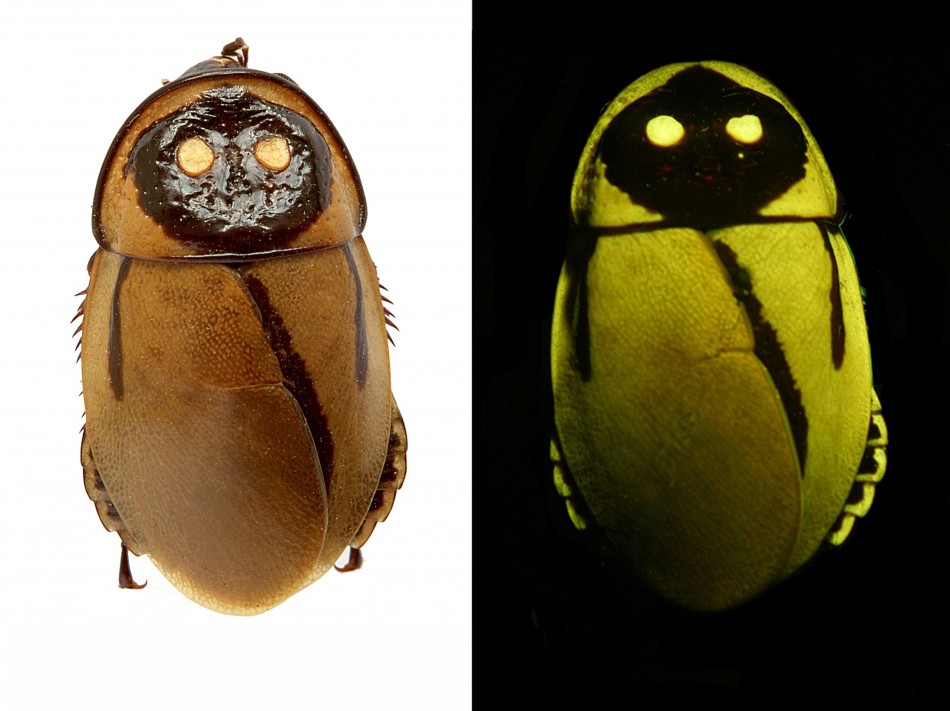

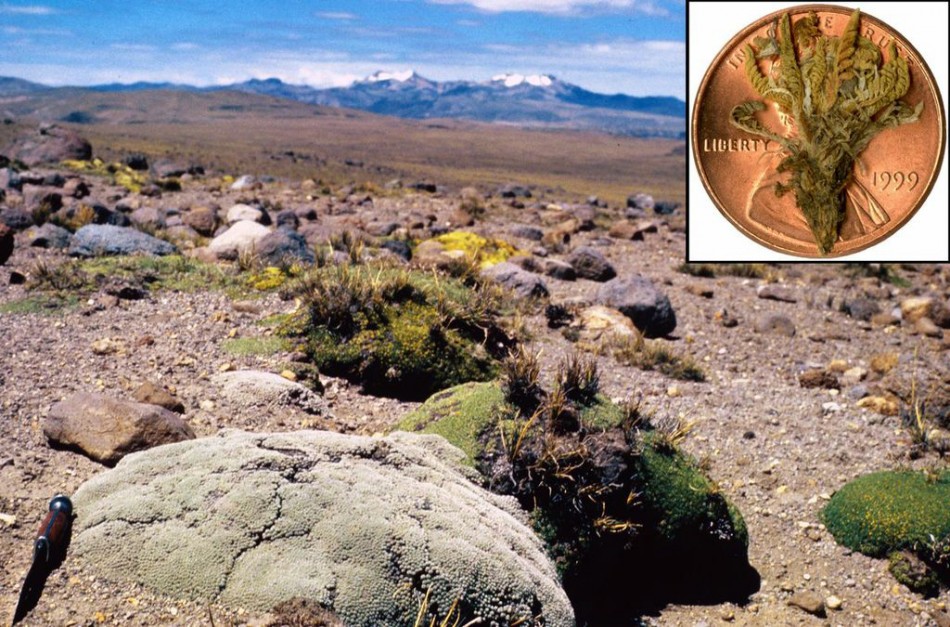

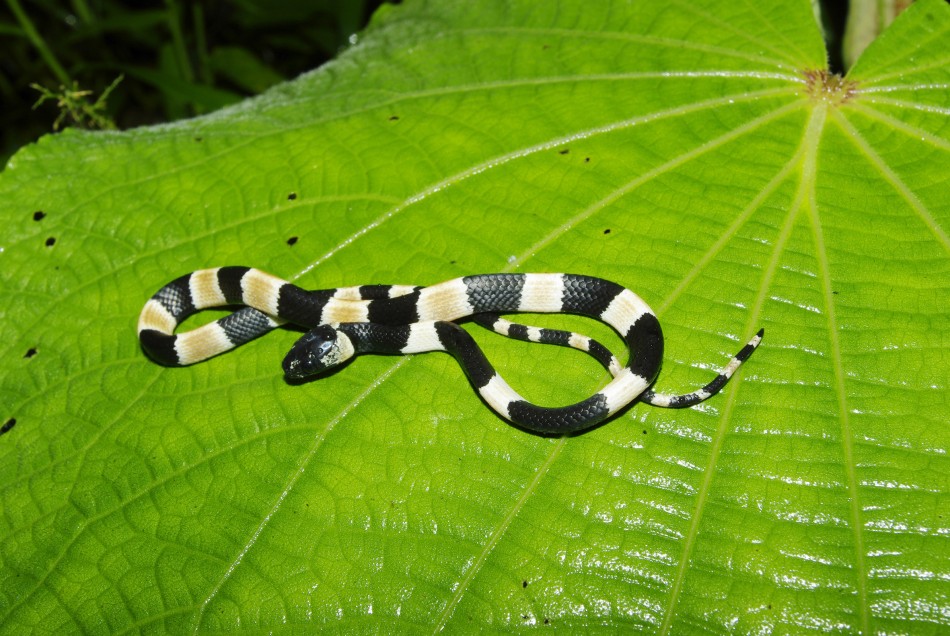
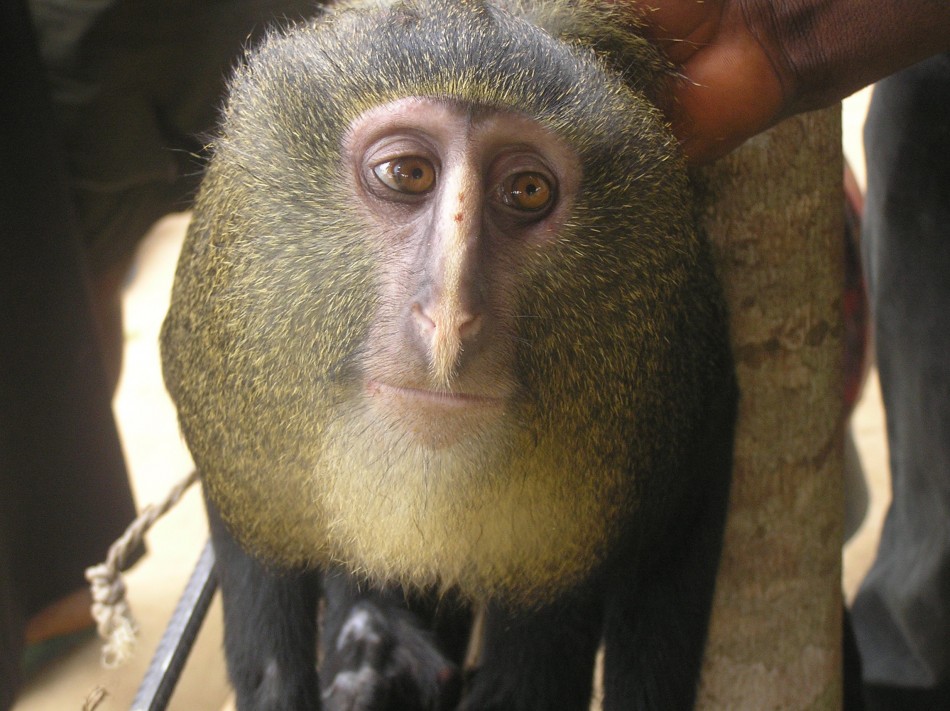
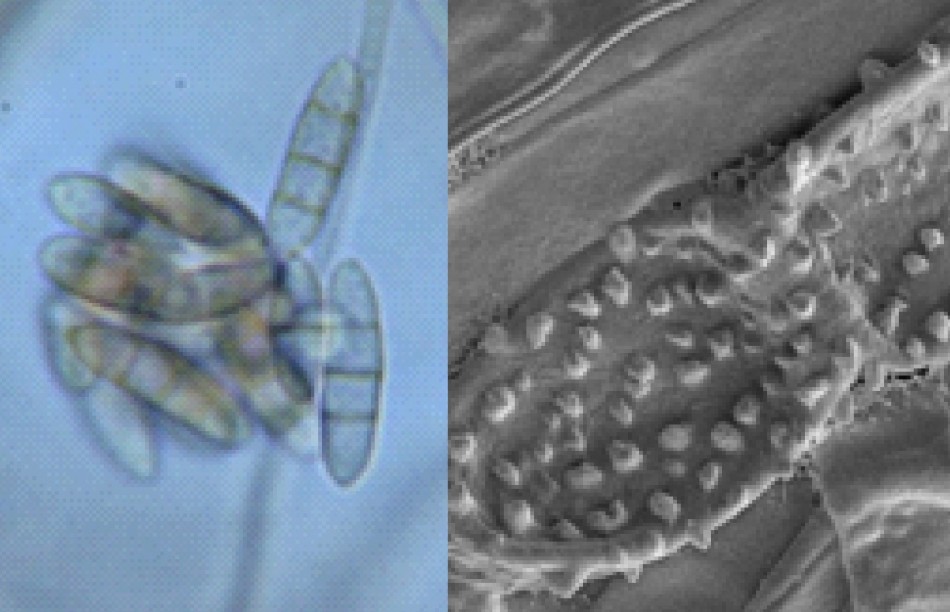
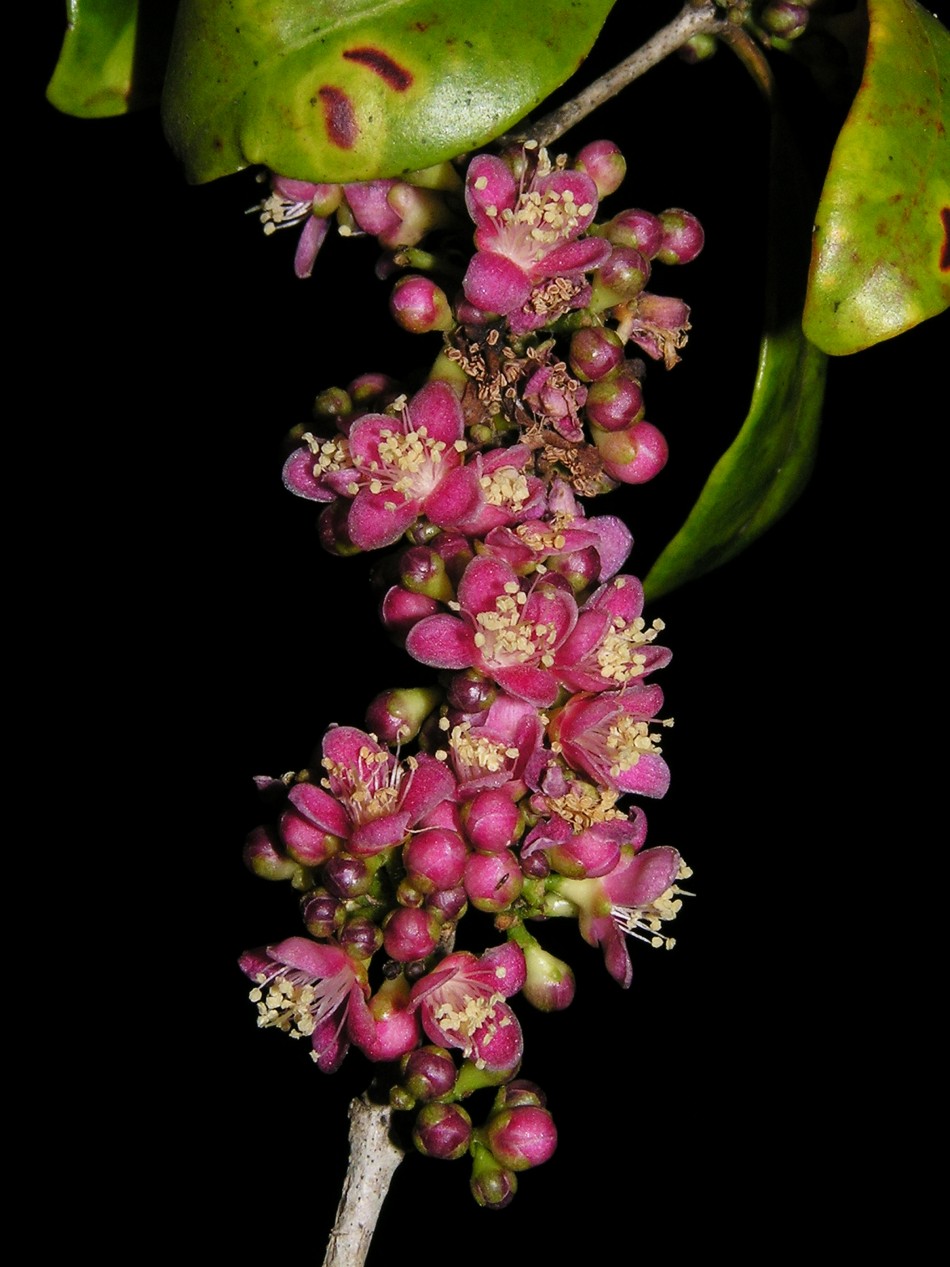
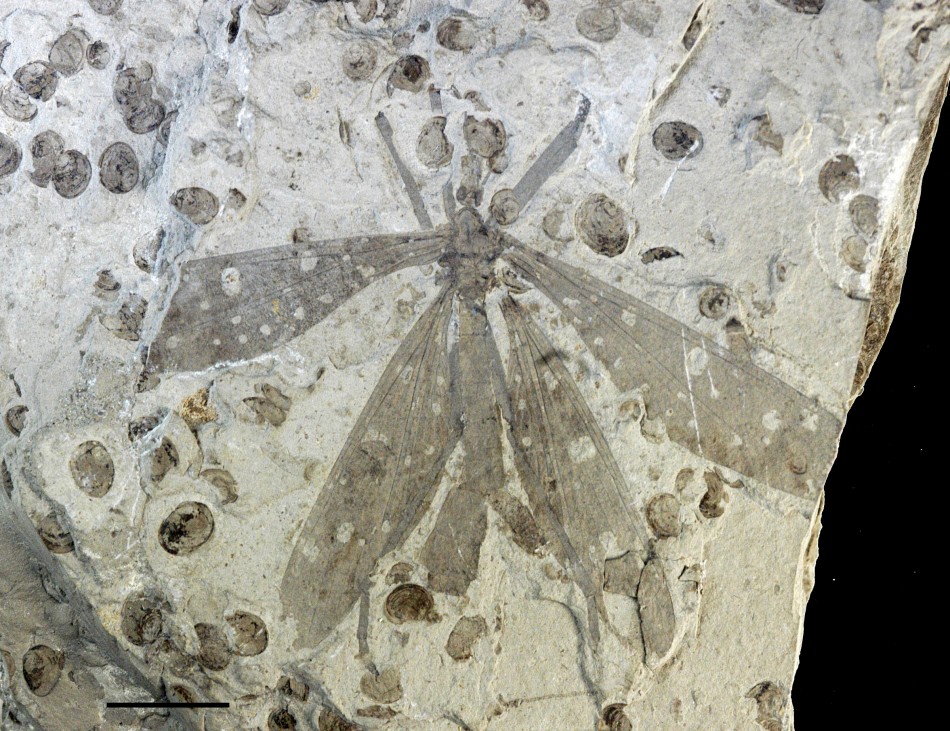

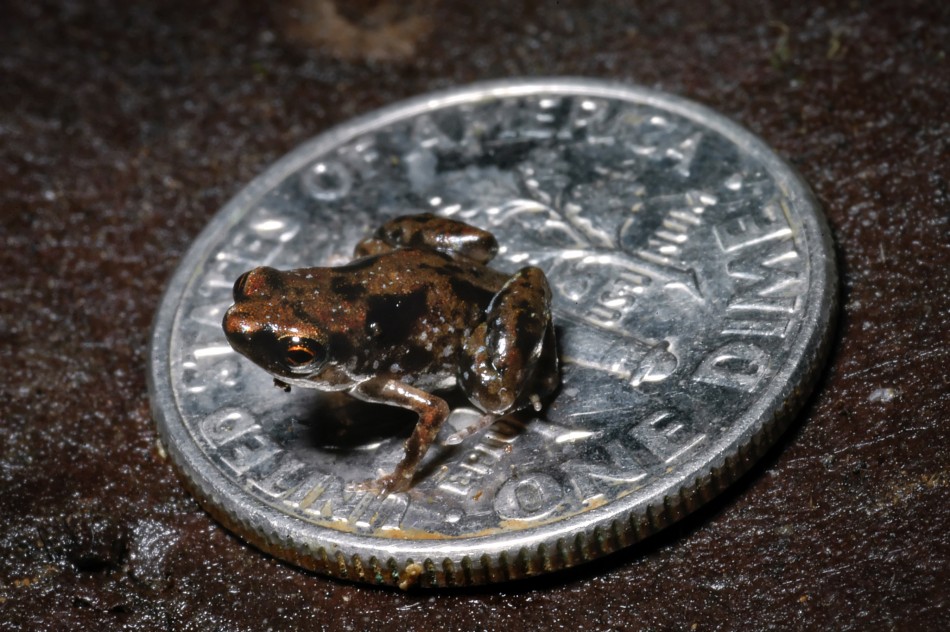
A glow-in-the-dark cockroach and the world's smallest frog have made it into the top 10 newly discovered species list.
The species discovered in 2012 were picked by a global committee of the International Institute for Species Exploration.
Also appearing in the top 10 list is a snail-eating false coral snake, a monkey with human-like eyes and a black staining fungus that was found on rare Paleolithic cave paintings in France.
One hundred and forty species were nominated for the top 10. To be in the running, the species must have been described in accordance with the institute's code and officially named in 2012.
Antonio Valdecasas, a biologist and selection committee chairman, said: "Selecting the final list of new species from a wide representation of life forms such as bacteria, fungi, plants and animals, is difficult. It requires finding an equilibrium between certain criteria and the special insights revealed by selection committee members.
"We look for organisms with unexpected features or size and those found in rare or difficult to reach habitats. We also look for organisms that are especially significant to humans - those that play a certain role in human habitat or that are considered a close relative."
Quentin Wheeler, founding director of the institute, said: "We have identified only about two million of an estimated 10 to 12 million living species and that does not count most of the microbial world.
"For decades, we have averaged 18,000 species discoveries per year which seemed reasonable before the biodiversity crisis. Now, knowing that millions of species may not survive the 21st century, it is time to pick up the pace."
As a result of the threat to existing species, Wheeler called for a "Nasa-like mission" to discover 10 million species over the next 50 years.
"I don't know whether to be more astounded by the species discovered each year, or the depths of our ignorance about biodiversity of which we are a part," shared Wheeler.
"At the same time we search the heavens for other earth-like planets, we should make it a high priority to explore the biodiversity on the most earth-like planet of them all: Earth.
"With more than eight out of every 10 living species awaiting discovery, I am shocked by our ignorance of our very own planet and in awe at the diversity, beauty and complexity of the biosphere and its inhabitants."
© Copyright IBTimes 2025. All rights reserved.






















